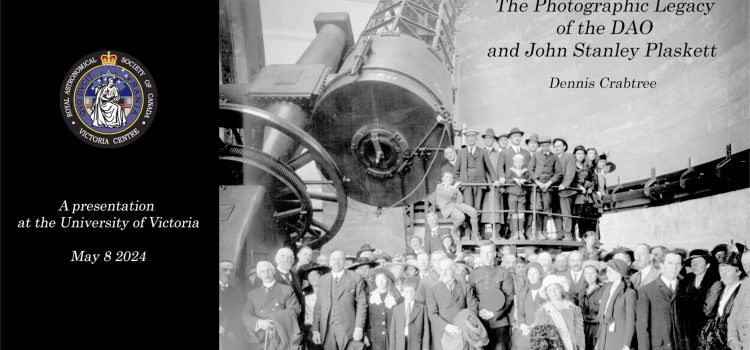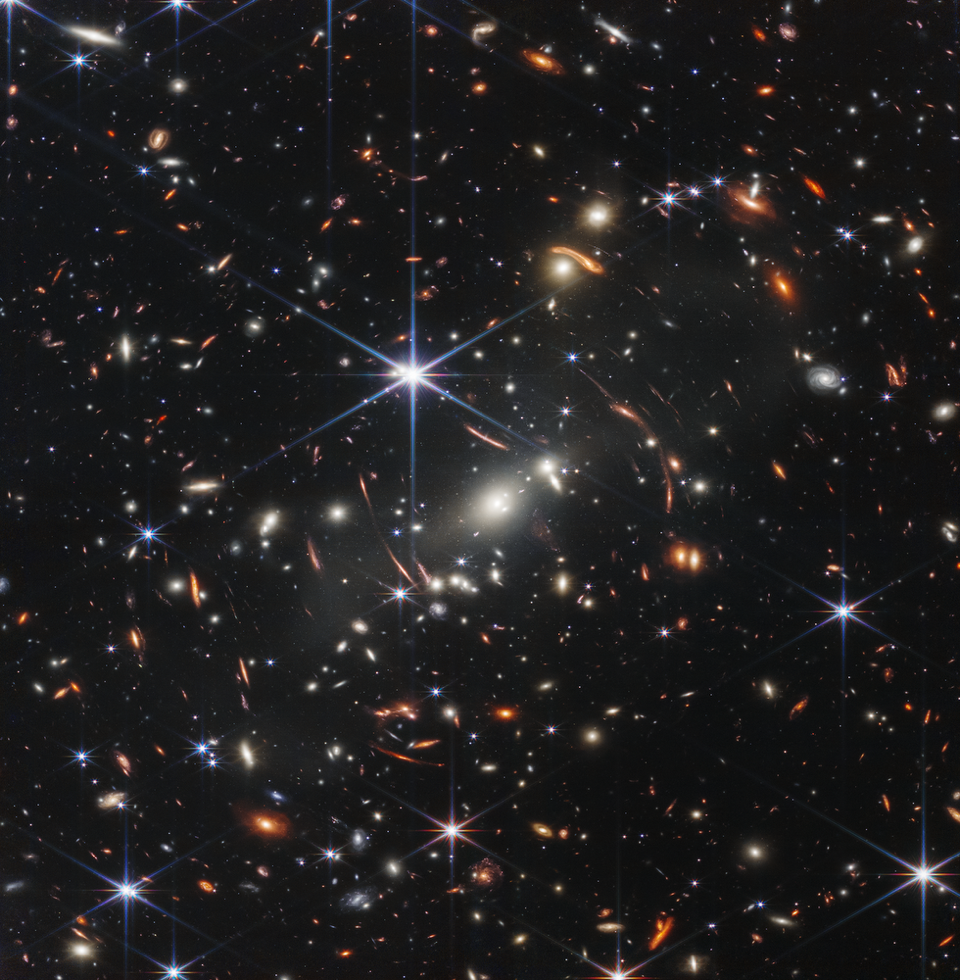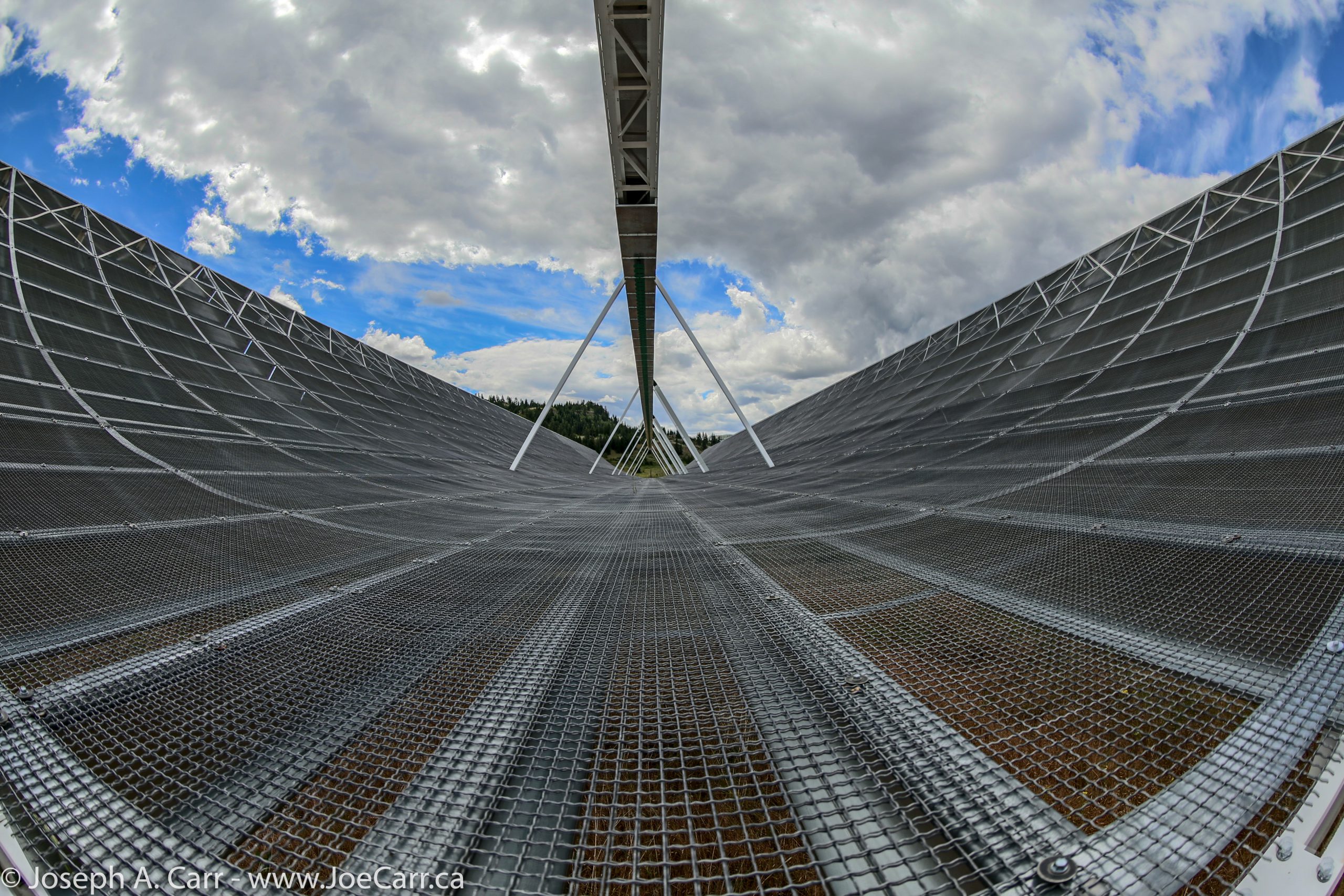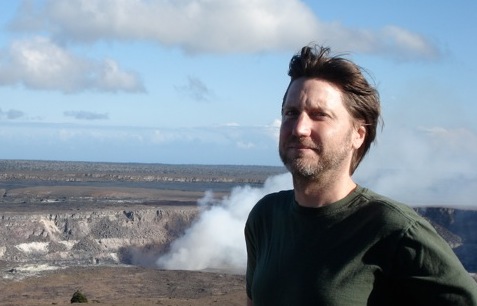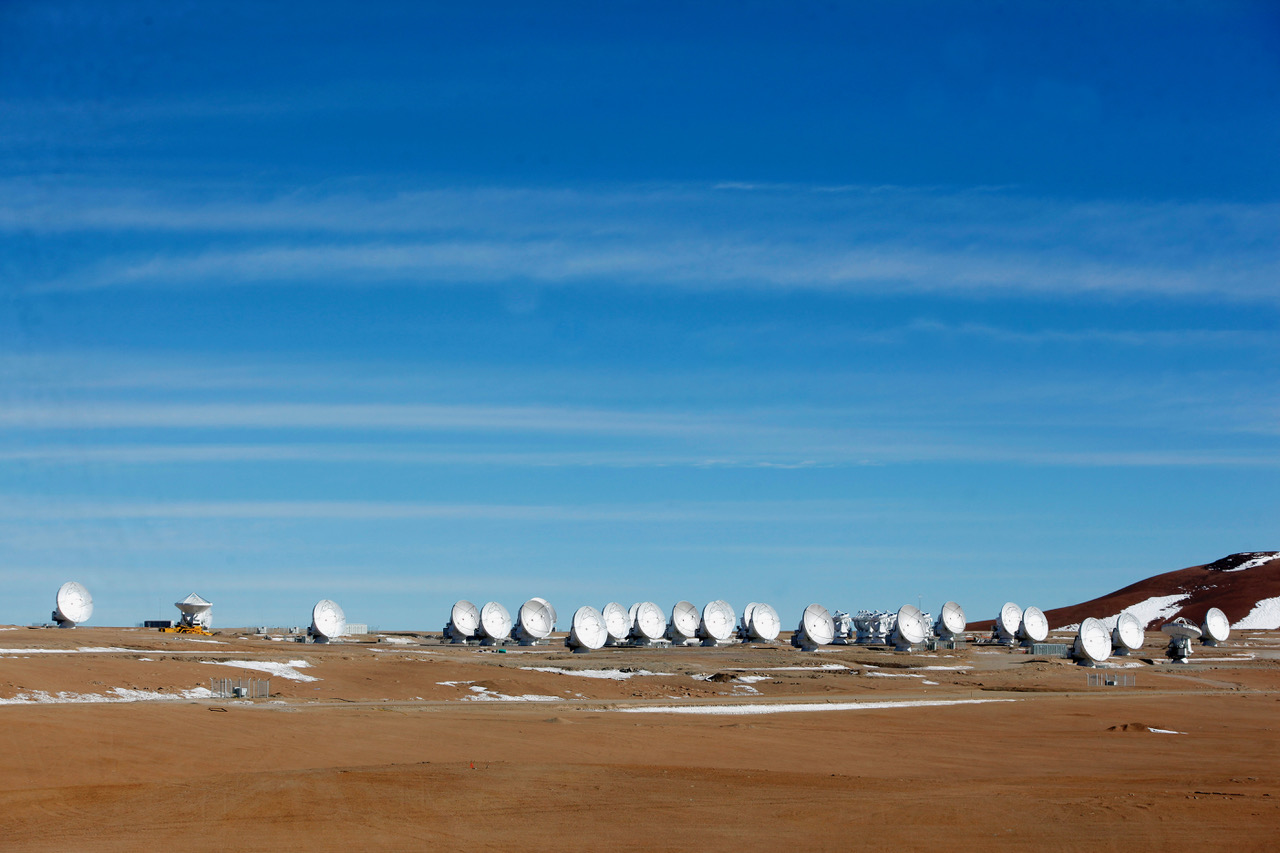Date/Time: Wednesday May 8, 2024 starting at 7:30PM Location: University of Victoria, Bob Wright Centre, Lecture Theatre A104. Park in Lot 1 (pay parking) and cross Ring Road. Transcript video of meeting presentation The Dominion Astrophysical Observatory (DAO) is fortunate that John
The Photographic Legacy of the DAO and John Stanley Plaskett – Dennis Crabtree
